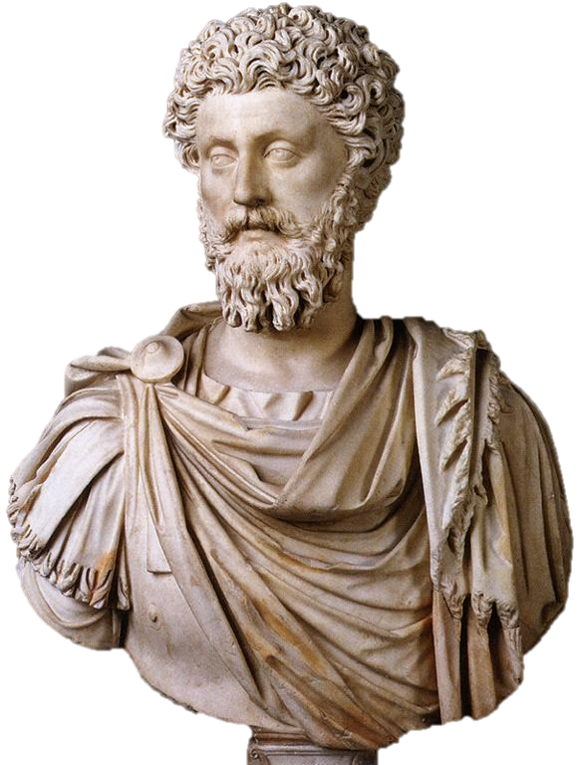What is Stoicism?

Imagine facing life’s hardest blows and refusing to be broken by them. Picture yourself calm when others panic, clear-minded when chaos surrounds you, and strong enough to turn pain into progress. That’s what Stoicism can do for you. It's not a dry philosophy, but a living practice that trains your mind to master itself. Negativity will come, but it doesn’t have to own you. Instead, you can turn hardship into strength, setbacks into wisdom, and discipline into freedom. With self-control you build deeper relationships, with resilience you move forward when others quit, and with clarity you choose what really matters. Stoicism invites you to step into the driver’s seat of your own life. If you dare to change your thoughts, you’ll change your future.
Origins
Stoicism began in Athens around 300 BCE with Zeno of Citium, who taught in a painted porch called the Stoa Poikile (the source of the philosophy's name). Over time, Stoicism spread through the Greek and Roman worlds. Thinkers like Cleanthes, Chrysippus, and later Seneca, Epictetus, and Marcus Aurelius refined and shared its principles. Although born in the ancient Mediterranean, Stoicism has influenced leaders, writers, and everyday people for centuries. Its practical approach to reason, ethics, and self-mastery remains as relevant today as it was two thousand years ago.
Top Contributors
- Zeno of Citium (c. 334-252 BCE)
- The founder of Stoicism, Zeno began teaching in Athens after studying under Cynic and Academic philosophers. He laid the foundation for Stoic ethics, logic, and physics.
- Seneca the Younger (c. 4 BCE - 65 CE)
- A Roman statesman and dramatist, Seneca's essays and letters blend moral reflection with practical advice on resilience, anger, and the good life.
- Epictetus (c. 50-135 CE)
- Once enslaved, Epictetus taught that freedom lies in mastering one's thoughts and responses. His teachings, preserved in the Discourses and Enchiridion, focus on what is within our control.
- Marcus Aurelius (121-180 CE)
- The Roman emperor and philosopher authored the Meditations, personal notes on discipline, duty, and perspective, offering a model of Stoic leadership.
Examples & Benefits of Stoicism
- Moring relfection
- The Stoics would begin the day by preparing their thoughts: "Today I may meet rudeness or delay, but none of it can harm my character unless I let it."
- Benefit: Such preparation steadies the heart and helps a person meet difficulties with composure.
- Focusing on what is in one's control
- When storms cancel a long-planned outing, a Stoic would remind himself, "The weather is not mine to govern, but I can choose how to spend this time."
- Benefit: This focus spares wasted anger and redirects energy toward meaningful action.
- Reframing setbacks
- A Stoic faced with a delayed journey would say, "This pause offers a gift...space to read, reflect, or speak with a friend."
- Benefit: Seeing obstacles as lessons or openings builds flexibility and quiet confidence.